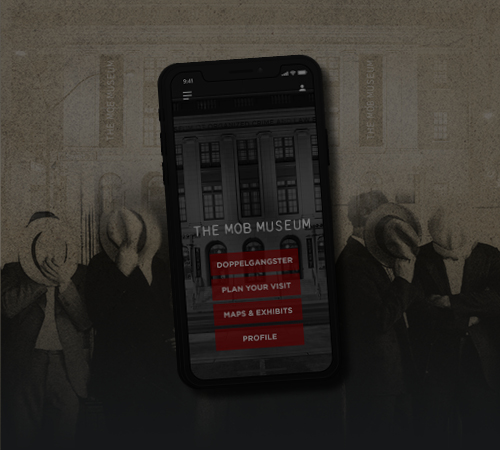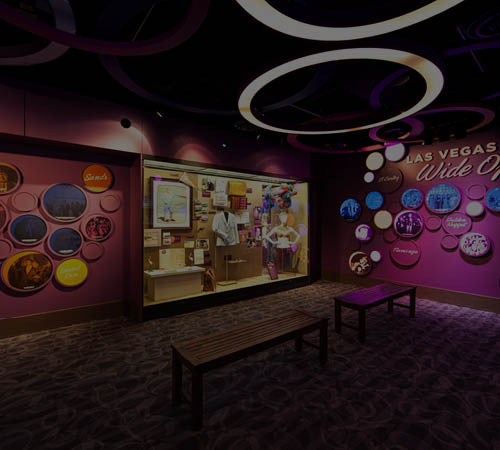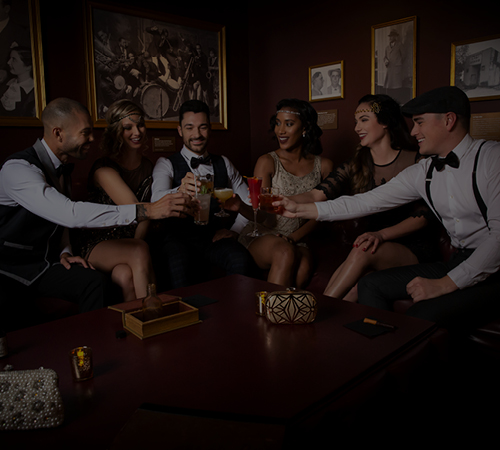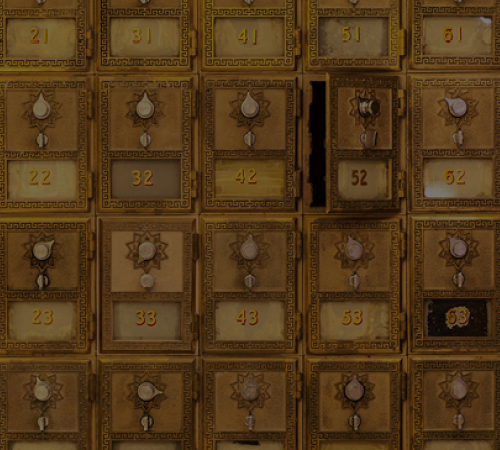




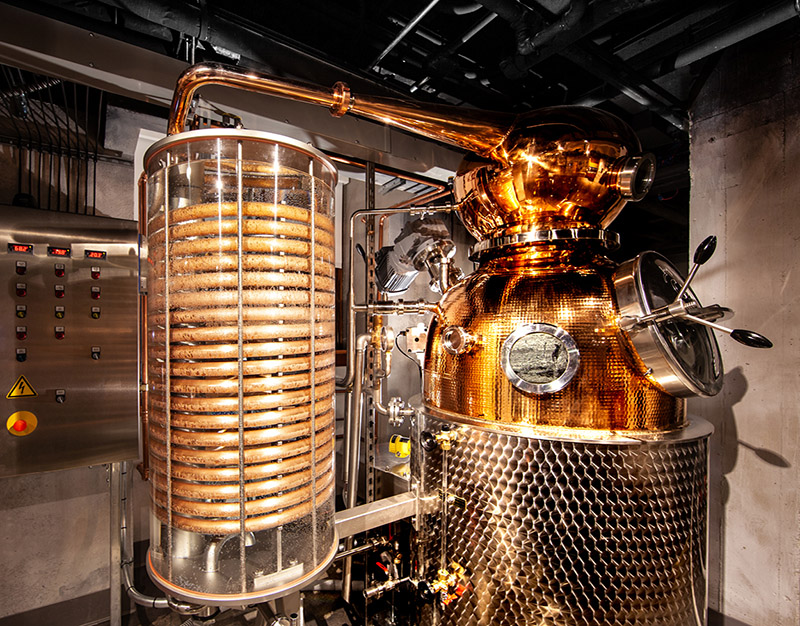
THE DISTILLERY
Prohibition made it illegal to brew beer or distill liquor, so America’s unquenched thirst for alcohol demanded an underworld solution. The Mob filled the void, smuggling spirits into the country and producing moonshine from hidden stills.
This exhibit tells the stories of bootleggers, rumrunners and the government agents who tried to take them down. The centerpiece is a working still producing moonshine so you, too, can have a taste of this formerly forbidden engine of American commerce.
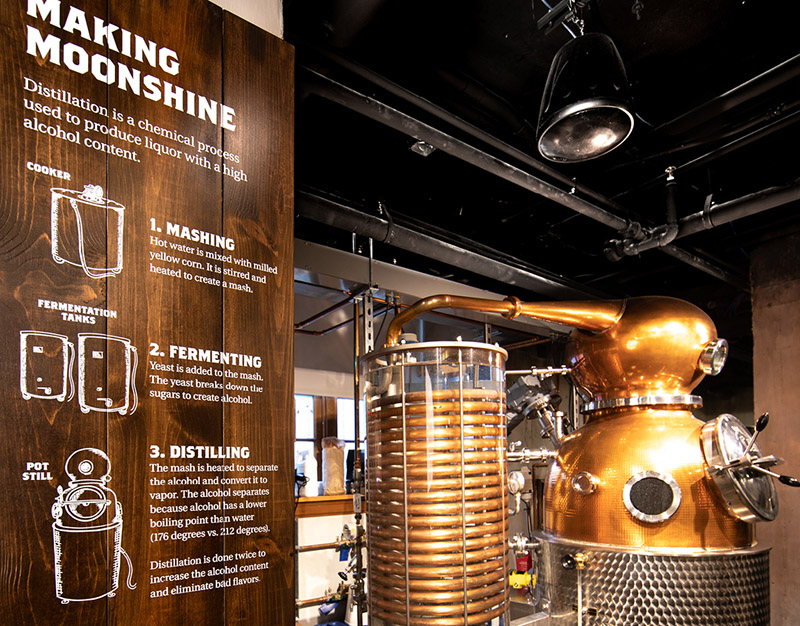
DISTILLERY TOURS
Take a journey through Prohibition with The Mob Museum’s Distillery Tours that involves sampling a variety of distilled spirits.
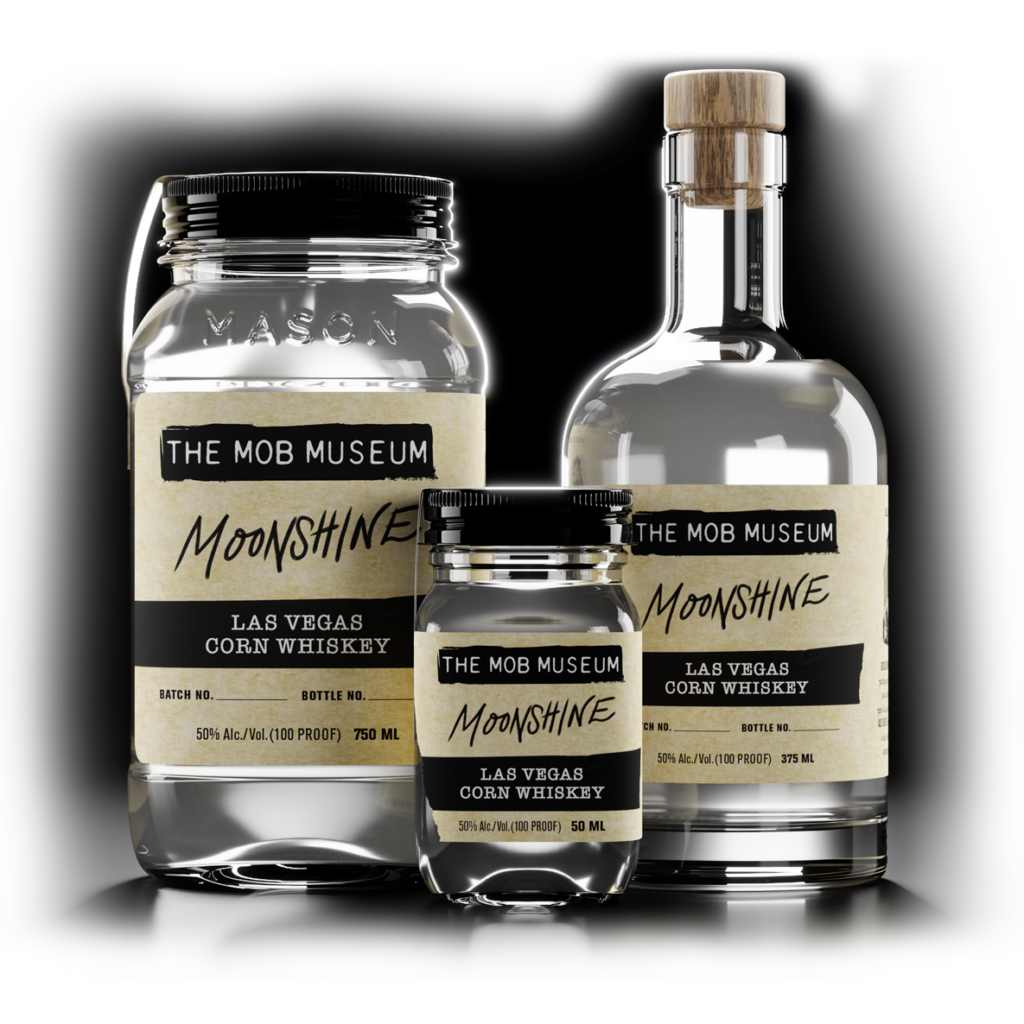
MOONSHINE
Good moonshine required skill and patience to make during Prohibition, and getting it to the public was a perilous endeavor. But hooch as smooth as ours would have been well worth the risk, making bootleggers rich and speakeasies the talk of the town.
With notes of buttery, sweet popcorn, you won’t find moonshine like this anywhere else.
The Mob Museum’s Moonshine is now available for purchase at all Lee’s Discount Liquor and Total Wine & More stores across Southern Nevada.
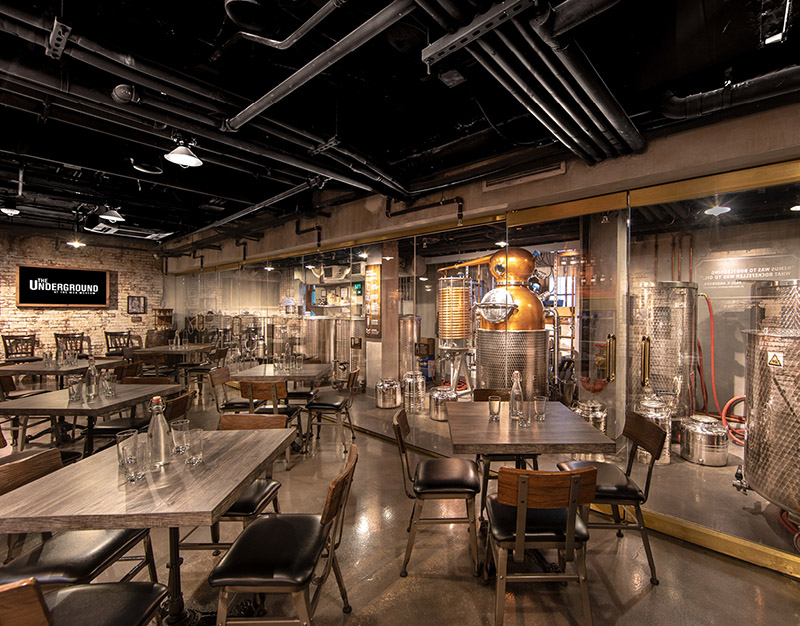
BOOK YOUR PRIVATE EVENT
The Underground at The Mob Museum can accommodate groups as small as 10 or as large as 130 for all types of private events.
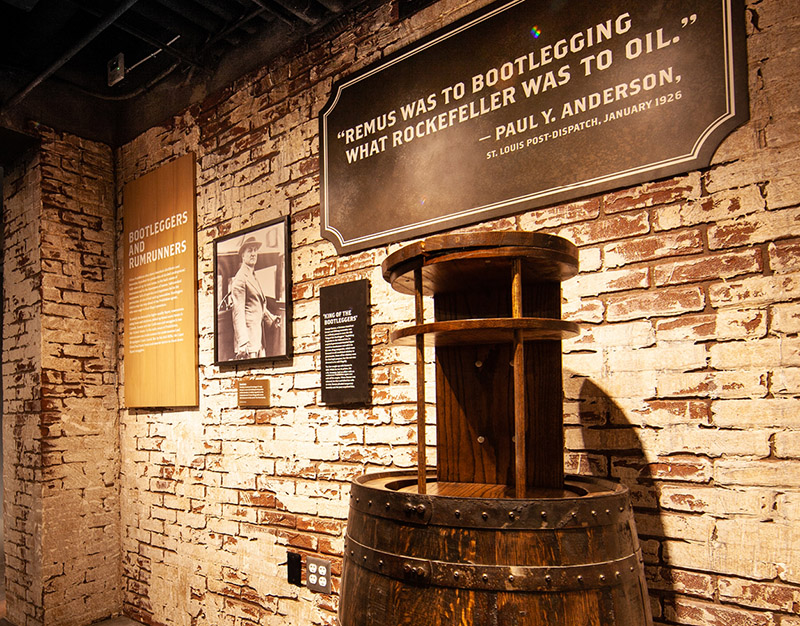
HOURS & LOCATION
Open for tours 11:30 a.m. to 8 p.m. Tours every hour at the bottom of the hour.
Open to the public 8 to 9 p.m. daily.
Located in the basement of The Mob Museum. Distillery access is restricted to ages 21 and over. All Distillery Tour and Tasting participants must be 21 and over.
For all early closures, click here.
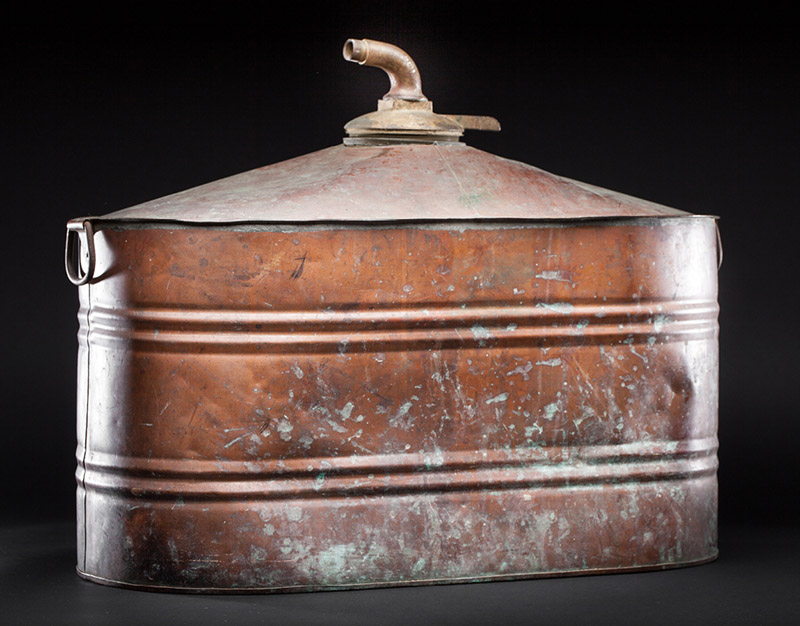
EXHIBITS
The exhibits in the distillery tell the stories of bootleggers, rumrunners and the government agents who tried to take them down. Featured artifacts include a five-gallon still used to produce moonshine in homes during Prohibition, prescriptions for medicinal alcohol and more.
Funding to support our organization has been provided by Nevada Humanities through Congress and the National Endowment for the Humanities as part of the CARES Act economic stabilization plan of 2020.

